Speaking to an audience in the year 1937, the legendary British author Graham Greene remarked, as astutely as ever, “We look in vain for pictures with a real appeal to the huge audiences of the cinema, for a Dickens of the screen.” Coming from a writer renowned not only for many a great novel but also for scripting two of the greatest thrillers of all time and hundreds of film reviews in the 1930s, this concise statement has become a universal truth that feels particularly relevant at a time like the present in our own Hindi-language cinema, when the so-called films made for huge audiences are flooding our cinemas with a vengeance in the wake of the pandemic.
The question that lingers in one’s mind, despite the reports of record-breaking ticket sales, is this: do these “popular films” have that appeal, that quality of Dickens’ literature?
The Role of Literature in Hindi Cinema
For a long time, at least in our films, we have overlooked the significance of literature in lending cinema its formative shape and identity. In our film industry, the novelist or the writer is unfairly marked out as a creature condemned to be diminished and dwarfed by the pompous moguls and ballyhooed stars – the director is still lucky these days to have a cult of worshippers of his own.
We have classified our films as either “musicals” or “art” – that classification is too broad and generic and to attribute cinematic inspiration to music or art alone would be to claim rather preposterously that a film’s success and appeal depend upon a skilled choreographer of song and dance routines or a skilled photographer imitating some landscape or portrait of still life instead of life itself. It is the mind of a writer, unmistakably so, that creates and imagines the scenarios that fill the frames; it is his hand that carves the flesh and sinew, the thoughts and emotions of these characters, stemming possibly from the torment and despair of his own soul.
And literature, knowingly or not, has always been the vein of inspiration running through even our melodramas and romances. Yash Chopra’s films, especially his tense, character-driven dramas, would borrow elements from the greatest works of Thomas Hardy and Joseph Conrad; his last film drew from one of Greene’s novels itself.

And so, in an age when slowly and steadily we are willingly acknowledging the debt that cinema has to literature, from Shakespeare’s tragedies to pulpy paperback crime thrillers, we seek then the Dickens of the screen, who has the uncanny gift of being “popular” without ever filching from the unsavoury realities that he or she wishes to bring to the light, just as the Victorian-era novelist never shied from both the personal injustices of the parish system or the debtor’s gaol and the larger travesty of the French Revolution.
He could address the most urgent concerns of his time (Anthony Trollope cast him satirically in his novel The Warden as Mr. Popular Sentiment) and yet he never lost sight of his story – that elaborately woven story populated with a multitude of characters rendered in every shade of grey, that thrust them into the thick of the complicated situations created and recreated so dramatically. In the vast space of some hundreds of pages, he could still arouse emotions of fear, hilarity, anger, love, camaraderie, sorrow, and happiness without ever disrespecting his reader’s intelligence.
The fact that Dickens, like Robert Louis Stevenson, wrote these stories of drama and suspense in volumes published to the enthralled readers of periodicals seems hardly a point for debate; nor can it be used to excuse that perhaps the televised or episodic series format is more suitable than film to bring his brilliance to the screen. One is not expecting our directors to make any more of those unwieldy and tiresome sagas of bogus romance and melodrama – we already have enough of those bloated and gas-filled films lying around in our meagre halls of fame, acclaimed by those short-sighted critics who believe that excess translates to brilliance.
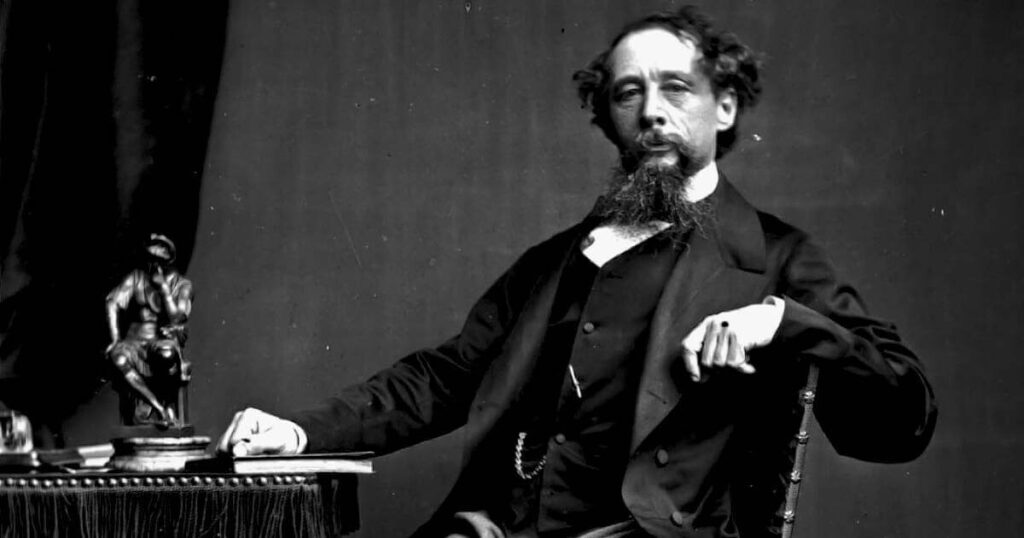
Unlike a film, a novel can grip a reader in thrall for even a thousand pages. The epics of Sir David Lean, for instance, have no equal in our cinema, both intelligent and entertaining even as they run well into the fourth hour. What we need in our films is at least a measure of that uncanny skill for telling stories rich with drama that felt genuinely poignant, derived from real pain or pathos, and the starkly vivid realism of milieu and characterization – rendered in broad but confident strokes that never made us doubt, even for an instant, their authenticity.
Modern Failures in Popular Films
“The trouble with most films these days is that they pay lip service to life.” One cannot help but agree wholeheartedly with yet another of Greene’s prescient opinions. This seems particularly symptomatic of at least two of the most talked-about films of the last year – Karan Johar’s Rocky Aur Rani Ki Prem Kahaani and Atlee Kumar’s Jawan.
Johar’s film was billed as a love story, indeed, and at least a third of it can be called a story of love, or if we are to describe dancing against colourful sets or nuzzling and embracing each other against the snowbound vistas of Kashmir as “love”. It was even advertised as a cross-cultural romance, the kind of story so popular in our country, with its bewildering social disparities of community and much unfortunately, it remains that, although also embroidered over with an excess of ideological indulgence the titular love story is almost drowned out in its babel of soliloquies.
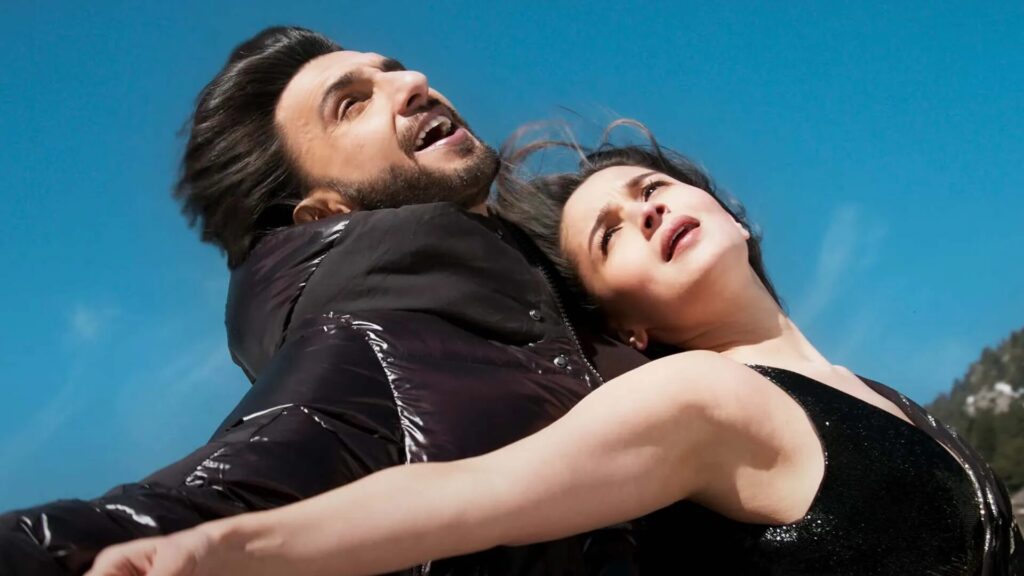
Ranveer Singh, of the shampooed locks and theatrical swagger, as Rocky, and Alia Bhatt, stumbling over Bengali but looking beauteous as Rani, are both good when sparking off each other but the predictable storyline does not do their efforts enough justice. The inner romantic yearning of their characters is never explored convincingly enough, and any palpable feeling of love and longing is drowned out by the din of the film’s banal statements on stereotypes, individualism, and even brassieres. Johar tries to create some forced conflicts between other characters to keep the drama going but the fairy-tale ending is so easily, lazily achieved that one merely shrugs in response.
Jawan, on the other hand, is a truly bogus entertainer, even worse than the harmlessly silly Pathaan earlier in the year, the kind of violent melodrama with a story that must be at least a few generations old. Khan surrenders all his histrionic skills in favour of the foolhardy ambition of putting on as many masks and faces as possible, and so, the film has him playing a crusader against the Establishment (or against the villain? It is never quite sure) who disguises himself once as a bald-pated terrorist who holds an elevated train hostage and at another time as a masked hero without a cape.
And as if that was not enough, he is also the clean-shaven warden of a women’s prison, the husband to the very police officer who is pursuing him, and even ends up playing the said crusader’s father – a Fu Manchu-moustached army officer who was disgraced and left for the dead but who has survived it all conveniently to help his son in the even more nonsensical second half of the film.
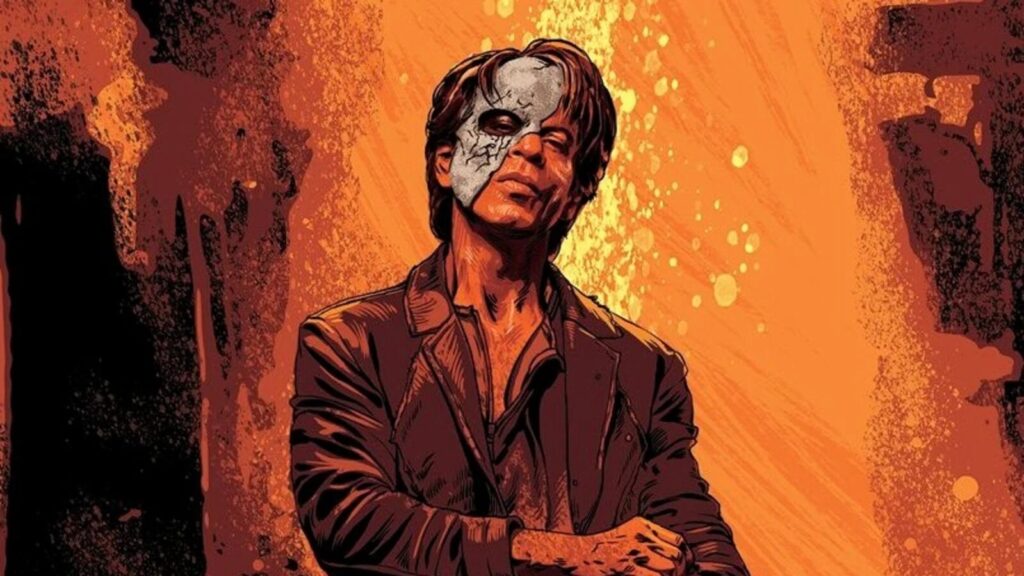
It could have been fun in a silly fashion, this film, had it not been so emotionally exploitative. When a simple story of vengeful justice against evil disguised as omnipotence could have worked, as in the stories of the Four Just Men by Edgar Wallace, why prolong the film unnecessarily with the desperate need to preach messages of justice and equality for all? Atlee Kumar seems incapable of understanding emotion and subtlety – there is only an excess of manufactured misery, exploiting unpleasant scenes of children dying of disease and farmers committing suicide to force and jerk the tears out of our ducts. This kind of cheap sentimentality makes the film unbearably dishonest.
And even as there is a villain there in the proceedings, he never seems as threatening or dangerous as he should be, especially when Khan is more interested in lecturing his audience on the importance of voting than settling scores.
Missed Opportunities and Gimmicks
I cite these two films particularly because much had been written and talked about these blockbusters as if to create the popular illusion that there was something of value in these films – progressive ideas or political dissent. There was a chance for Rocky Aur Rani to challenge social and cultural norms by way of telling a dramatic love story – the novels of Hardy and Jane Austen were able to do a better job of the same – just as in Jawan, there is, in the idea of a women’s prison, the radical chance to explore the institution of justice as that of a systemic injustice as well, like the debtor’s gaol in Little Dorrit.
But in both these films, these arguments and ideas are never explored to their fullest possibilities. They are merely gimmicks to prolong their stories and no matter, how relevant they might feel now, the characters affected by these elements are never convincingly life-like.
As a film critic, Greene always preferred the Westerns, the thrillers, “the farces, the frankly commercial” and how fortunate he was, indeed, that John Ford directed those Westerns, the thrillers came from the likes of Fritz Lang and Alfred Hitchcock, the farces featured the Little Tramp and Groucho Marx and the commercial films were directed very believably by Carol Reed and Frank Capra. It is our loss, however, that the “frankly commercial” films have been most disappointing – they are either those egotistical and extravagant “star vehicles” that allow their brawny heroes to trample all logic and common sense or those saccharine and shampoo romances that are set in Manhattan or Melbourne.
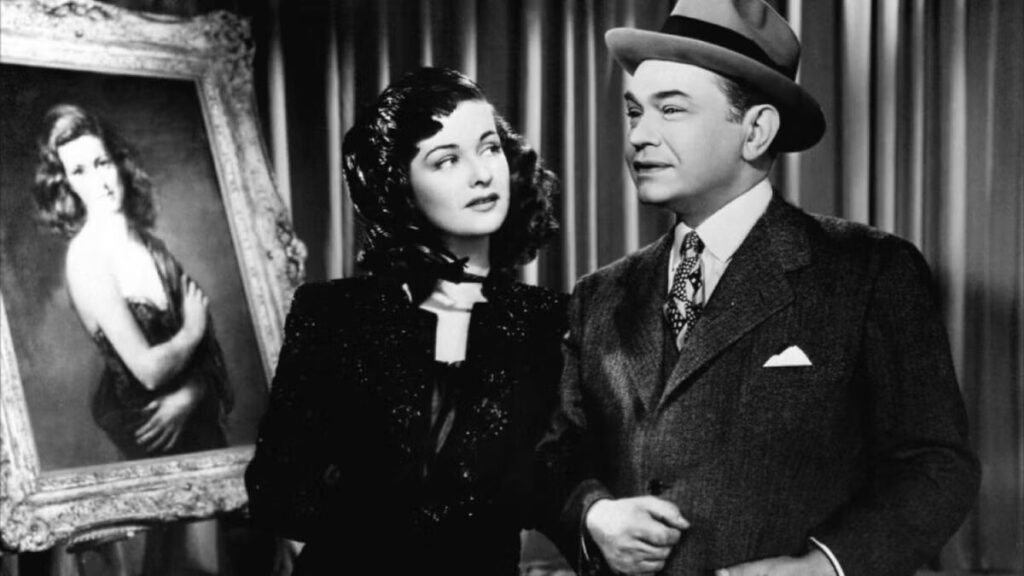
Our farces have been marginally better but they are too insular in their peculiar specificities of dialect and culture and rarely capture the imagination of a wide audience, the way Chaplin’s comedies did. We have only one maker of documentaries making our “popular” films – Kabir Khan, and we are all aware of the gaudy unreality of his direction. Our “Westerns” are too violent and unpleasant in the fashion of Peckinpah (rather than the desolate poetry of Sergio Leone), lacking the brash charisma that is associated with this type of film, though one can defend them by saying that at least, this genre has found a sense of realism in chronicling the injustice that festers in the hinterland.
Dickensian Sensibilities in the Noir Landscape
That leaves us the thrillers and it is consoling to know that we have at least one film director who can still successfully bridge the gulf between art and life, between popularity and profundity, without forgetting the quintessential task of telling a story. Sriram Raghavan’s thrillers are the closest that we can come to not only the gritty but mesmerizing portrait of urban life, that Dickens was capable of, the vivid portrait of nocturnal London where the likes of Fagin could lurk and crawl through, but also Greene’s seedy and ambivalent morality.
We can never, for once, doubt the authenticity of the noir landscape of Johnny Gaddar – the cheap lights and cacophonous music at the club, the florid sleeves of the crook or the cardsharper, the smoothly grinning policeman with a capacity for shocking brutality – just as we cannot doubt the smoky and sordid atmosphere of Oliver Twist or Brighton Rock or the nuanced duality of good and evil – “the honest thief and the tender murderer” of Browning’s great poem.
Recommended Reading: The Thrilling Stories of Sriram Raghavan: Honest Thieves, Tender Murderers
A director like him, however, who was able to win over a huge audience successfully with Andhadhun, a film of almost grimly comedic genius, is still a rarity. Our most persuasive storytellers have always either descended into a level of facile escapism or ascended into an alienating realm of artistic flourish. Yash Chopra’s later films lack the stirring dramatic conviction of his earliest triumphs – where, for instance, is the equivalent of the compelling courtroom scenes of Waqt in the Swiss lakes and resplendent heroines of his love stories?
And for all the superb imitation of life that Vishal Bhardwaj and Anurag Kashyap are capable of, their gratuitous fetish for violence and profanity, in their misguided attempts to imitate Mr Tarantino, can distance audiences from their talents. Yet, life still is more capably understood by the smaller film that is thrown into shade unfairly by some gas-bloated production of any of the major studios of Bombay.
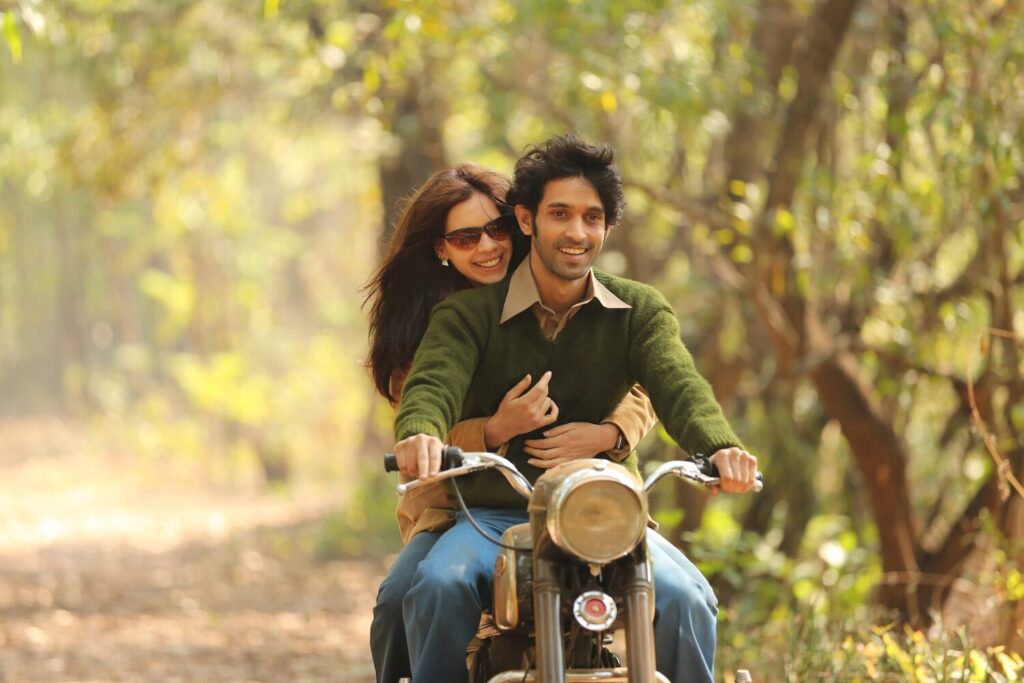
A simple, songless but sensitively made film as A Death In The Gunj, the story of a melancholic young boy bullied and cowed down by his pragmatic and even casually bullying relatives in the space of a holiday, can hold more of life in its unhurried rhythm and sporadic bursts of cruelty than any “popular” film these days. The search, thus, for a true Dickens of the screen, holding those huge audiences in thrall, goes on.







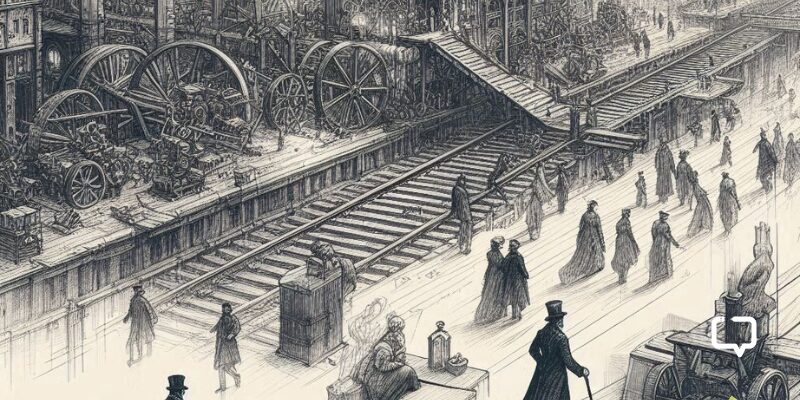





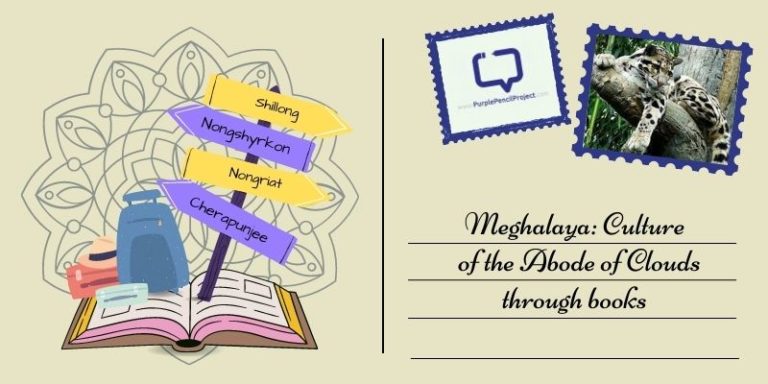
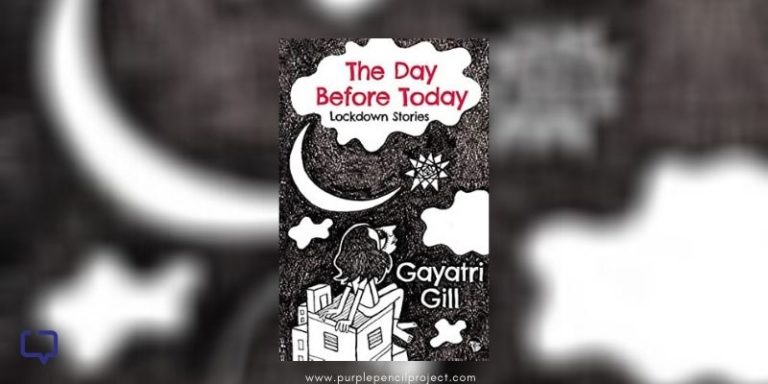


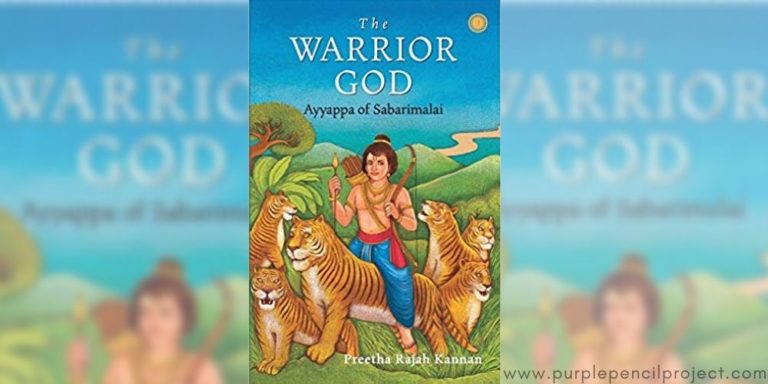
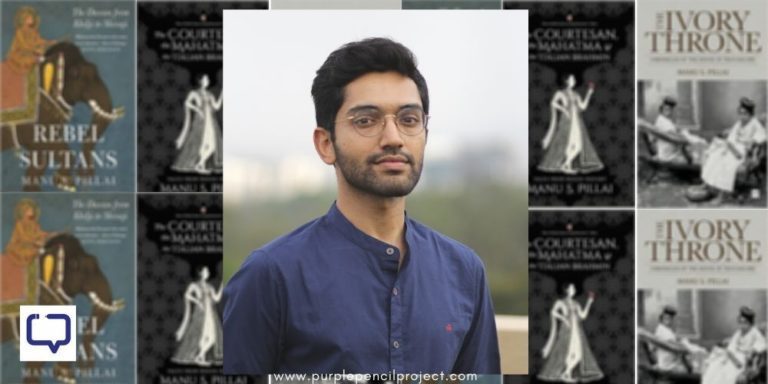


One Response
Well written .